How Malaysian dragons influenced our geography & culture

- 64Shares
- Facebook40
- Twitter6
- LinkedIn5
- Email5
- WhatsApp8
It’s 2024 and while most of us are still struggling to figure out taxes, some Malaysians are busy in the bedroom for baby-making. That’s cos 2024 is the year of the dragon, and it’s Chinese superstition to make sure kids are born this year so they’ll grow up with luck and success on their side.
Our obsession with dragons isn’t new either. The first known visual depiction of an Asian dragon is a jade carving found in Mongolia, dating between 3,000 to 4,500 BCE. But if we’ve had a thing for dragons for that long… why do most of us only know about Western dragons from The Lord of The Rings and Game of Thrones? What about Southeast Asian dragons? We have Disney’s Raya and the Last Dragon for reference, but even that was torn apart in a 5 hour video due to its inaccuracies.

So, instead of watching a Disney movie butcher dragons, here are three theories that may explain how Southeast Asian dragons entered our culture and history starting with…
1. Our nenek moyang just Google translated snakes into dragons 🐍
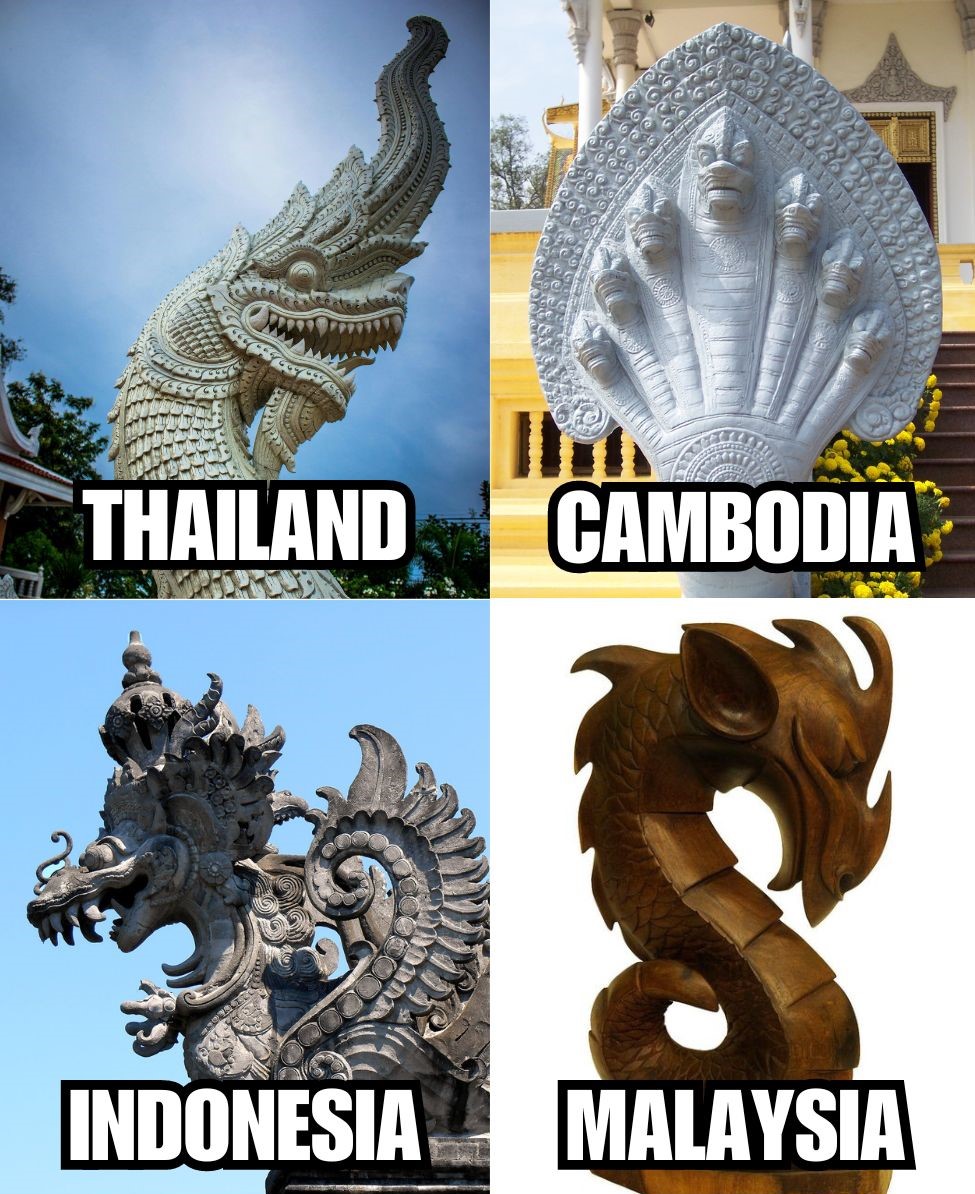
Ancient European naturalists regarded snakes as “draco” or “drakon”. However, through the telephone game of misinterpretation and mistranslation, they became the dragons we know today. That’s why some dragons were legless – they could’ve been funky depictions of snakes. Draco, dragon, Khal Drogo… That’s all angmoh speak. Malaysians actually have our own way of referring to these mythical creatures.
The word “naga”, used in the Malay and Iban language to describe dragons, is a Sanskrit word used to describe snakes and serpents. This is not to be confused with the Naga people, a real group of tribes. Naga is a common word you’ll see when reading about Southeast Asian dragons and they bear mention in Hinduism and Buddhism too. It’s used to describe mythical half-snake people.
On that note, the Tamil word for dragon is “டிராகன்” (Ṭirākaṉ), a phonetic imitation of the English word. Additionally, “நாகம்” (Nākam) is translated as “snake” in official dictionaries but interpreted as “dragon” on Google Translate. It also sounds similar to “naga”, which makes sense considering the geography.

Lastly, the simplified Chinese word for dragon is “龙” while the traditional variant is “龍”, pronounced as “Lóng” in the Mandarin dialect. As with most Chinese words, they started out as pictograms that actually looked like the thing they were describing.
But while linguistics may explain the origin of dragons in Southeast Asian culture, another theory goes that…
2. Dragons were just lizards and dinosaurs with a ✨sprinkle✨of confusion
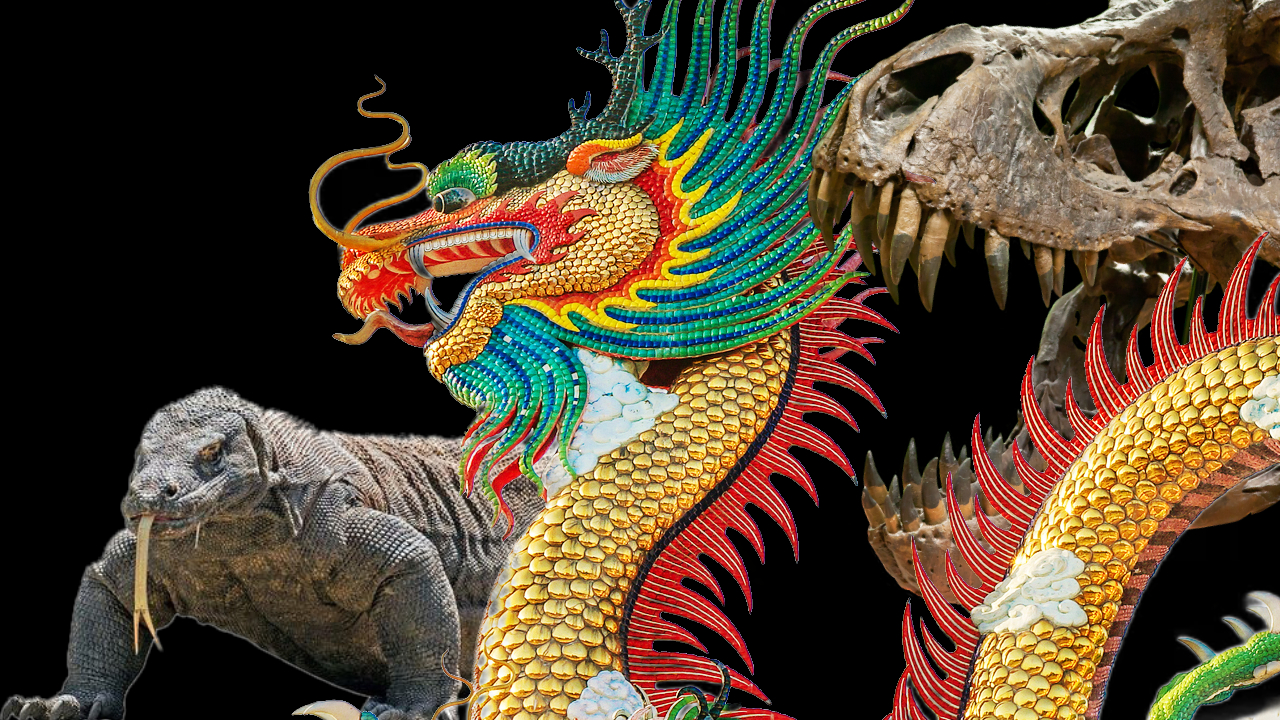
First thing’s first, you may be wondering, Why are mythical dragons in the zodiac wheel when everyone else is some regular lame animal? The answer’s in the story of the zodiac’s creation. Basically, the heavenly Jade Emperor wanted a way to measure time, so he called 12 animals to participate in a race. The animals will get a year in their honour depending on when they won.
Notice how he’s the heavenly Jade Emperor? Chinese dragons belong in the heavens too, so it makes sense that the dragon would also attend the race! While that explains its presence in the heavens, the reason why we have dragons down here is cos our ancestors thought that they were just as real as dogs and rabbits.
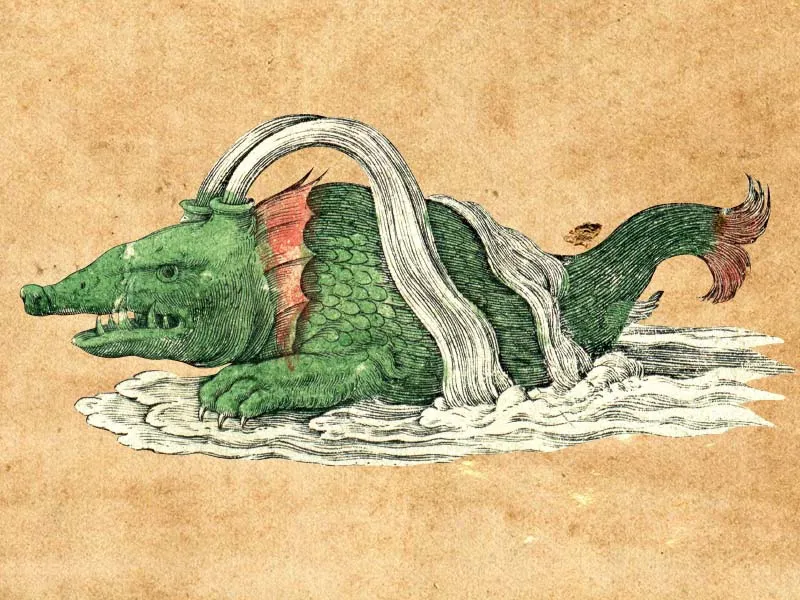
Real and unfamiliar animals drawn by ancient European naturalists probably caused the creation of dragons. Look at a medieval drawing of a whale. You’d think, “Wah, orang dulu se-whale ke apa?” But imagine that was your first time seeing a whale. Getting a glimpse of it when it leaped out of the water and nearly capsizing your boat would definitely make you panic. While crying for your mother, you too would be struggling to draw the monstrosity you just saw.
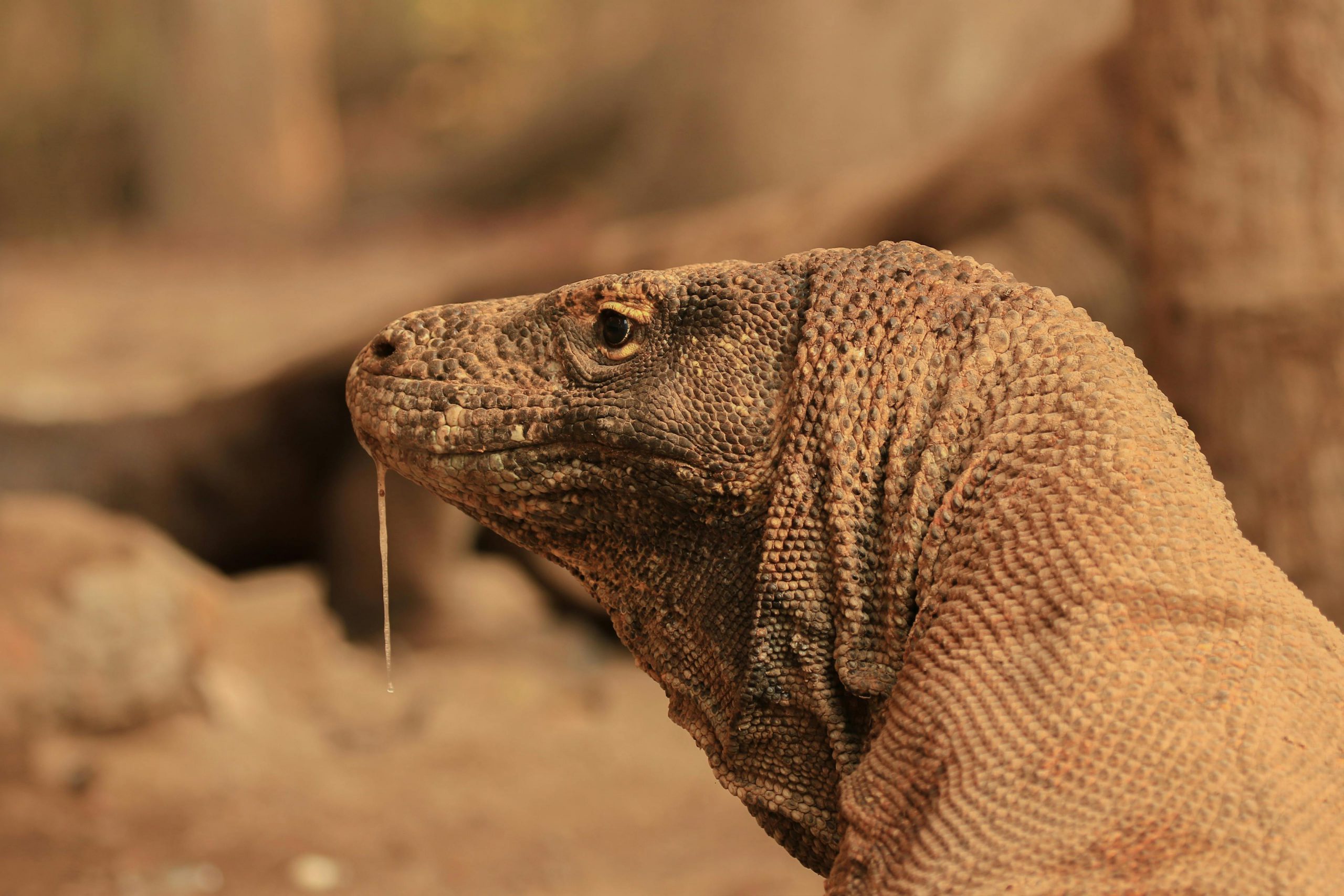
On a more related note, dragons could literally just be lizards. Back then, when explorers and the aboriginal population saw the Komodo dragon, they probably thought it was more fantastical than it was. To be fair, Komodo dragons are hella big, hella fast, and hella venomous. Sounds kinda like a fire-breathing dragon!
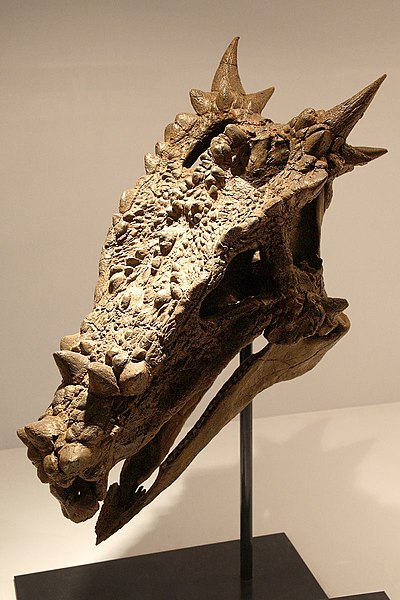
But we can’t forget the dinosaurs. Since there are a lot of dinosaur fossils in China, historians believe that these fossils could have caused the confusion too.
If you were in a time when everyone still thought Earth was flat, it makes sense you’d think these skeletons belonged to dragons. Animal skeleton reconstruction is also hard. Case in point: Look at a hippo’s skeleton and see if you can reconstruct that. This theory feels more believable considering the Chinese words for “dinosaur” are “恐龙”, which literally translates to “scary dragon”.
The thing is, not everyone can traverse oceans and dig up old bones to find mythical creatures. For the common folk, they tend to just look at their surroundings. Which brings us to our third theory…
3. Dragons were pre-scientific explanations for the natural world 🌏
Telling stories while chewing on daun sireh could seem like the olden-day equivalent to spilling the tea, but it was actually more than just entertainment. Folklore and stories actually acted as an alternative science, which is another way of explaining things our ancestors didn’t understand. Like natural phenomena and the formation of mountains and lakes.
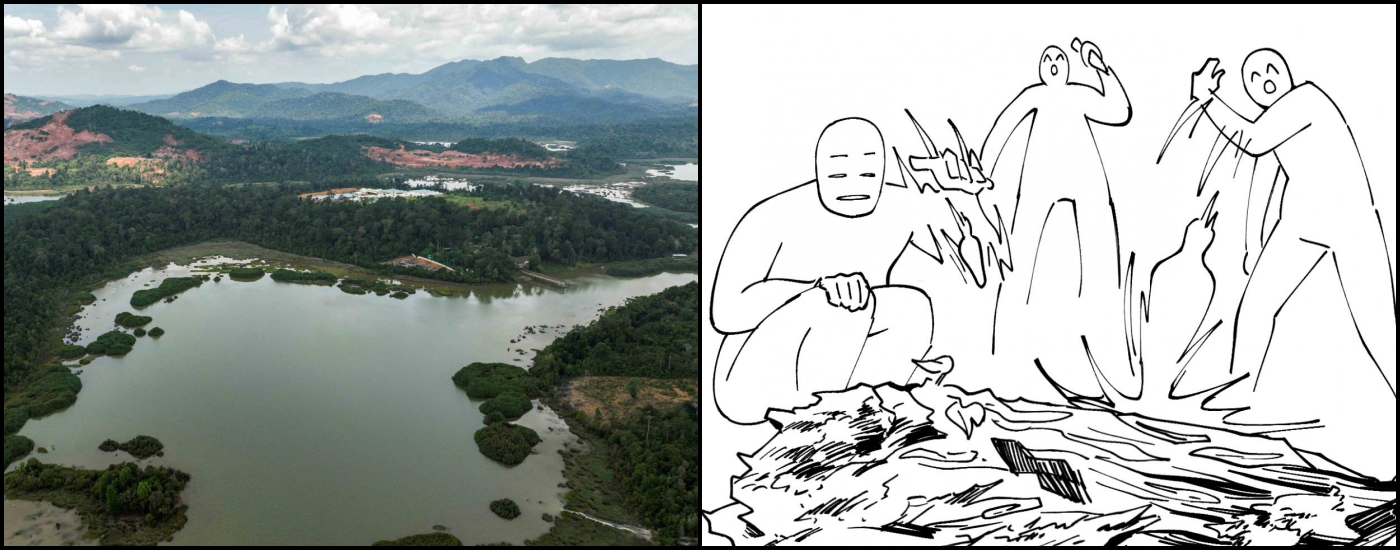
For example, Tasik Chini in Pahang was said to be formed by a dragon that got too fed up with humans. Basically, a Jakun tribe was clearing a forest, but stopped after an old lady told them to piss off for not asking permission from the surrounding spirits. This lady then planted her walking stick into the ground and warned them not to remove it. But opkos, they didn’t listen.
Sometime later, a dog wouldn’t stop barking at a rotting log in the area. A group of guys started throwing sticks at the log – even when blood was spurting out of it. A thunderstorm suddenly rolled in and while everyone was running for cover, they accidentally knocked over the walking stick. Then, water started flowing out of the hole it left. Turns out, that rotting log was a naga called Seri Gumum!
This legend explains rainstorms and lake formations. In fact, many Southeast Asian dragons are water-related, which is fitting considering our rainy and flood-prone climate. It also explains why Tasik Chini looks like a long and wavy dragon…

But the dragon, Seri Gumum, actually appears in another folklore. This time, it’s related to the formation of something much bigger – Pulau Tioman. In this retelling, Seri Gumum was a cursed princess sealed away in a beautiful garden. But she was down so bad for a prince called Putera Kemboja that she broke the seal to leave with him.
Their departure turned them into dragons, which caused the garden to flood and become Tasik Chini. Wait, there’s more… Becoming a dragon sounds cool, but here’s the catch: If you move from your safe haven during the day, you’ll be stuck as a rock until nightfall.
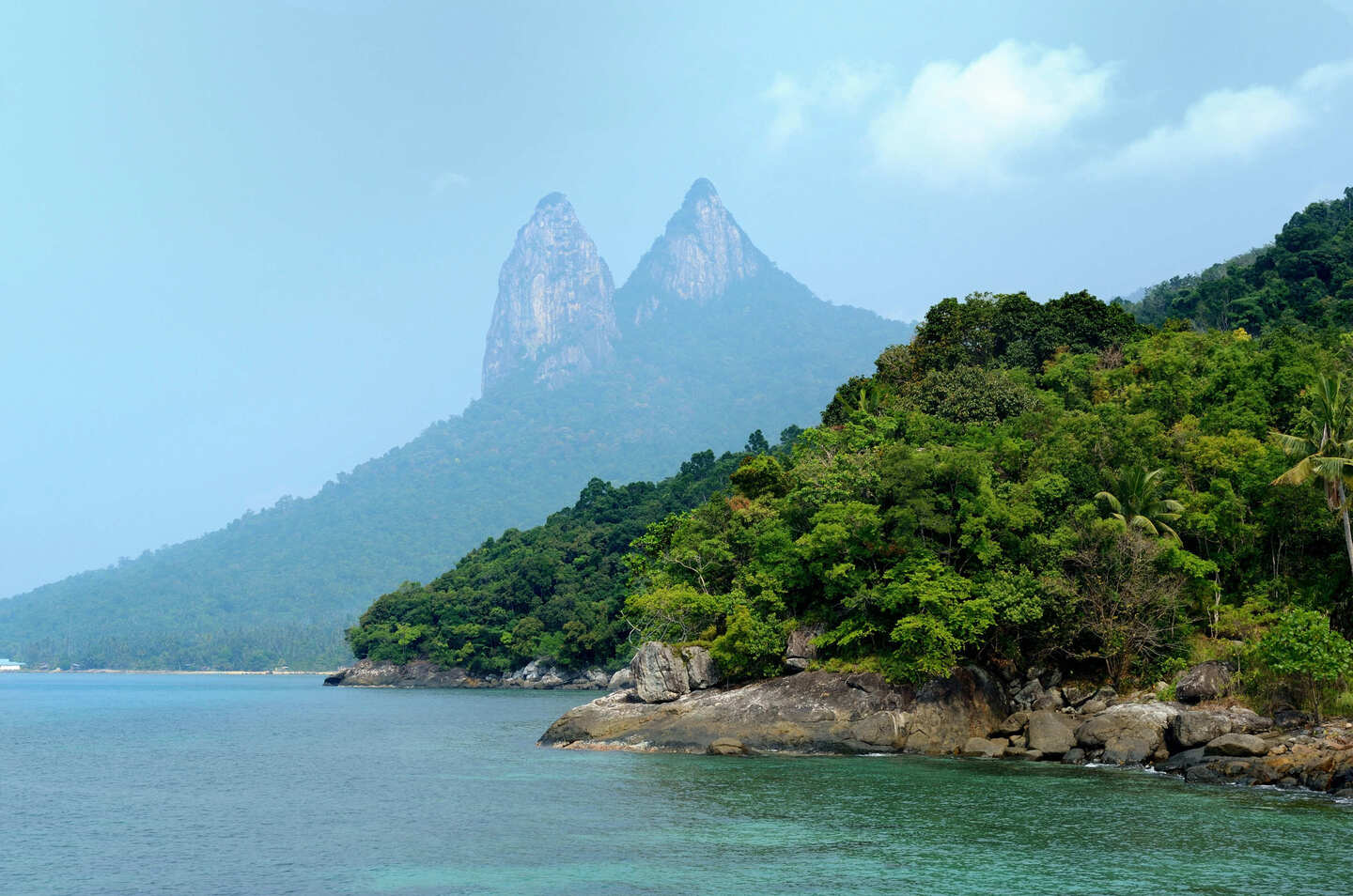
One night out at sea, Seri Gumum swam back to Tasik Chini to retrieve her forgotten sash. Unfortunately, it got caught on a rock. Since she couldn’t free herself before daylight, she remained stuck and waited so long she turned into Pulau Tioman. According to a journal on Pahang folklore, it’s most likely her transformation into an island killed her.
All this time, Putera Kemboja thought his girlfriend was trailing behind him. When he realised she was gone, it was too late. Daylight came and he became Pulau Lingga. Today, you can visit both islands and maybe scale up Seri Gumum’s “horns”.
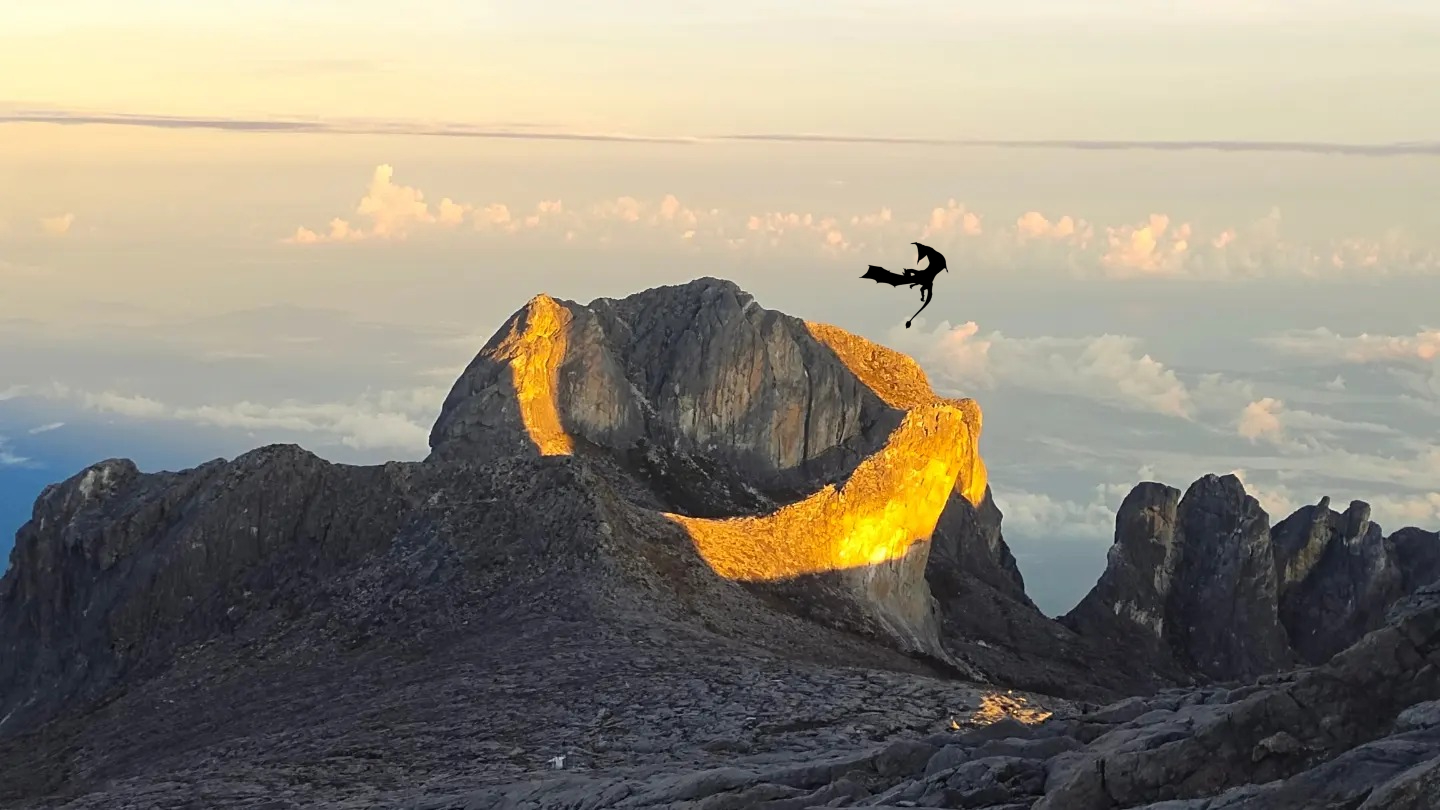
So, dragons didn’t just explain small lakes, but they were big enough to explain the creation of entire islands. That was how highly our ancestors saw these creatures. But other than islands, they also informed us on the name of our tallest mountain, Mount Kinabalu…
One of the theories behind Mount Kinabalu’s name is that it translated to “Chinese Widow”. There was a story of a dragon guarding a precious pearl there who kept killing all the Chinese adventurers who sought it out, thus widowing their wives. Chinese prince, Ong Sum Ping was said to have outwitted the dragon and got the pearl. He eventually settled in the area and now, even has his own street in Brunei!
All of which to say…
Malaysian dragons have shaped our culture, as much as our culture has shaped them
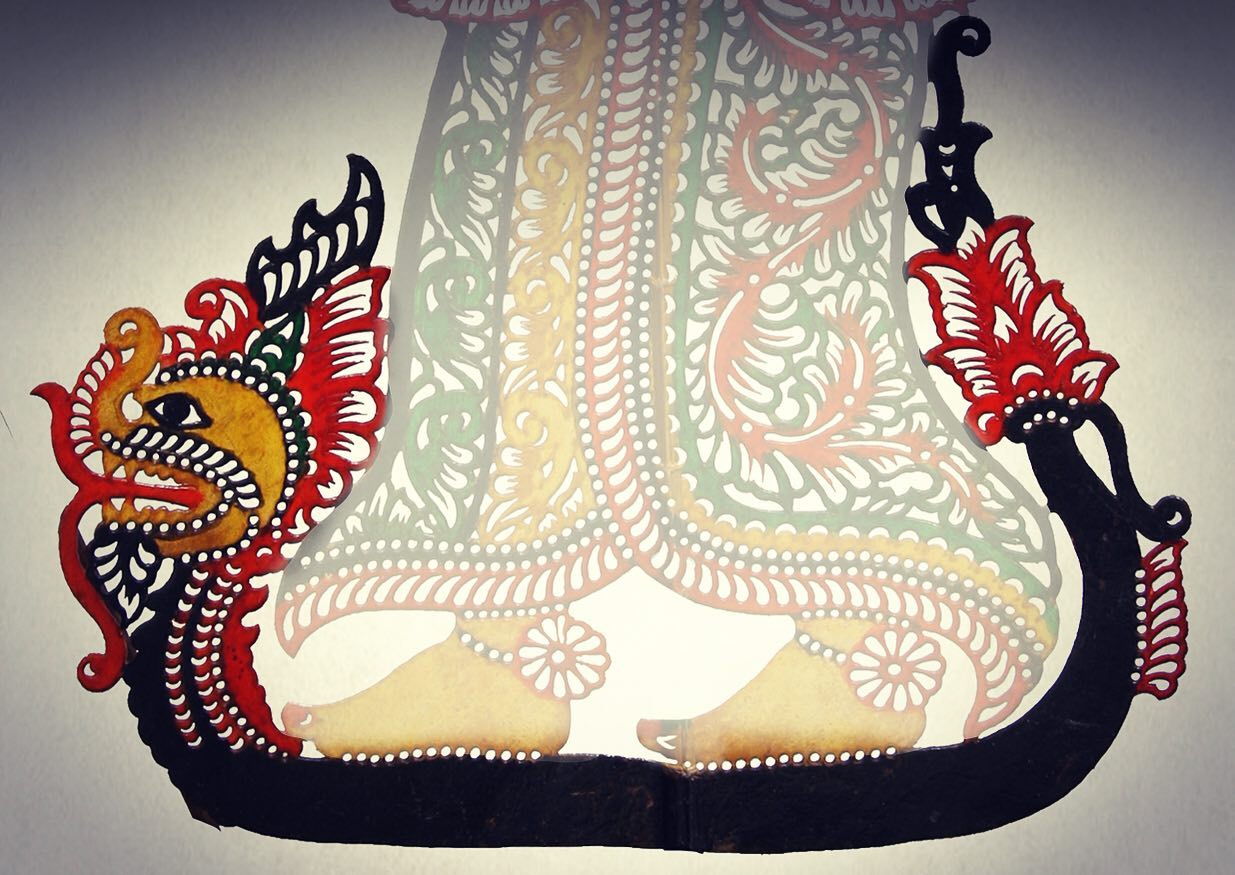
Whether its visual art like wayang kulit or in motifs on temples or festive clothing, the fact that we see dragons everywhere is proof of their significance in Malaysian culture. But while we have many interesting stories about dragons in our folklore, these stories can only be remembered as long as we keep telling them. There’s a lot of depth to the culture and inspiration behind dragons in Malaysia, but there have not been any famous retellings (that are done right – yeah, we’re looking at you Disney!) in the media.

Ultimately, these stories allow us to understand the foundations of our culture and our ancestors. It’s fascinating to learn our progression as a people and how these shifts and accumulation of knowledge shape us into who we are today. We’re still gonna see more Eastern dragons here when the Lunar New Year comes, but maybe the future will see a growing interest in Malaysians who want to see more of our own dragons in pop culture.
I mean… wouldn’t it be cool to see a Malaysian dragon as the protagonist of our next epic blockbuster?
- 64Shares
- Facebook40
- Twitter6
- LinkedIn5
- Email5
- WhatsApp8



